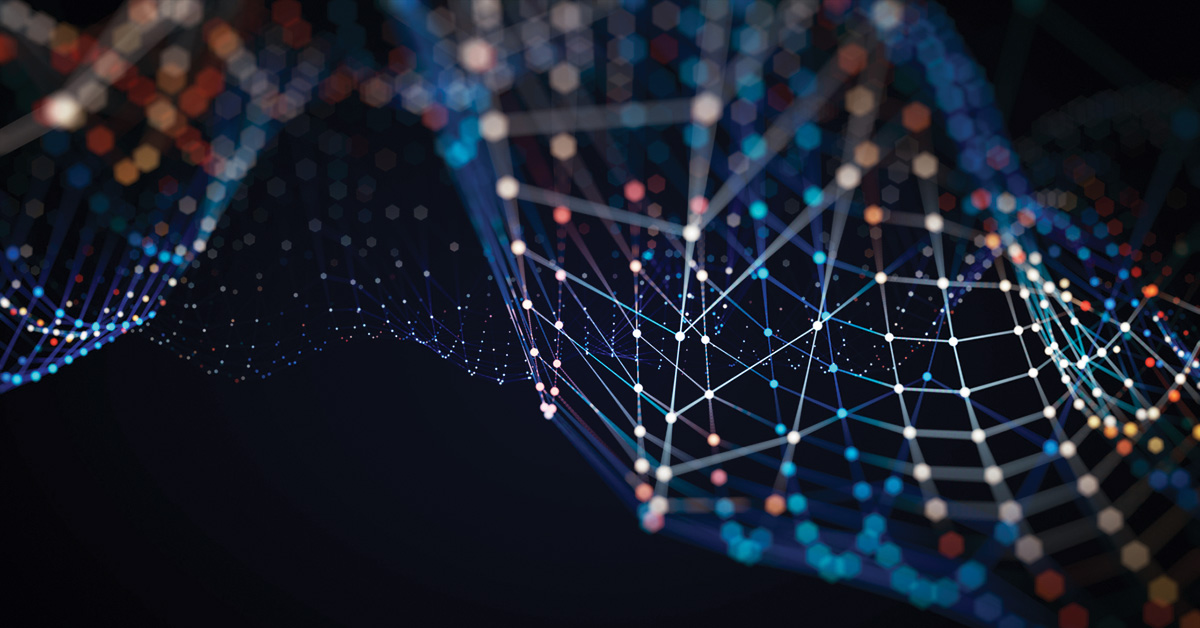
The evolution of artificial intelligence
Artificial intelligence (AI) is not as young as you might think. Alan Turing’s 1950 paper, Computing Machinery and Intelligence, discussed how to build intelligent machines and how to test their intelligence. Turing couldn’t test his theories because the computing power and other tools needed to develop AI were nonexistent or inaccessible. Things progressed somewhat in 1956 when the top researchers in the industry gathered for the Dartmouth Artificial Intelligence (AI) Conference. This is where the term ‘artificial intelligence’ was born.
The new artificial intelligence enthusiasts left the conference believing in the possibilities of AI. Entities like the Defense Advanced Research Projects Agency (DARPA) and the National Research Council (NRC) funded the early development of AI. Over the next 20 years, computers began proving theorems, solving equations, and learning to speak English. AI researchers predicted that a fully intelligent machine would be built in less than 20 years, but this enthusiasm waned by the mid-1970s. Progress did not meet the expectations of those who were paying the bills. Sponsors began to pull funding, research centers were closed, and by 1974, AI development slowed to a snail’s pace. This began what is known as 'the first AI winter,’ lasting through 1980.
In the early 1980s, businesses began to realize the promise of computing and productivity software. Computing power increased, software improved, and companies were saving millions of dollars by integrating this technology into the business. This was a bit of a 'proof of concept' for potential AI researchers and sponsors. Funding came back, and another cycle of AI enthusiasm had begun. This time, it lasted until 1987, when economic setbacks interfered with AI development. 1987 to 1993 is known as ‘the second AI winter.’
Since 1993, AI development progressed at a steady pace. Computing power increased, research capabilities scaled up, and we started hearing about things like Moore’s Law, neural networks, and big data. Fast forward to November 2023, and the first AI Safety Summit is taking place at Bletchley Park. A total of 28 countries agreed to abide by the Bletchley Declaration, which established international cooperation in dealing with the challenges and risks of artificial intelligence. You can find a full list of attendees here.
AI has become a transformative force across all sectors of the economy. This brings both opportunities and challenges to companies of all sizes. To help you navigate the complex landscape of cybersecurity and shed light on how AI is shaping the future of cyber defense, Barracuda has published a new e-book titled Securing tomorrow: A CISO’s guide to the role of AI in cybersecurity. This e-book explores security risks and exposes the vulnerabilities that cybercriminals exploit with the aid of AI to scale up their attacks and improve their success rates. Get your free copy of the e-book right now and see all the latest threats, data, analysis, and solutions for yourself.

The Ransomware Insights Report 2025
Risultati chiave sull'esperienza e l'impatto del ransomware sulle organizzazioni a livello mondiale
Iscriviti al blog di Barracuda.
Iscriviti per ricevere i Threat Spotlight, commenti del settore e altro ancora.

Sicurezza della vulnerabilità gestita: correzione più rapida, meno rischi, conformità più semplice
Scopri quanto può essere facile individuare le vulnerabilità che i criminali informatici vogliono sfruttare





